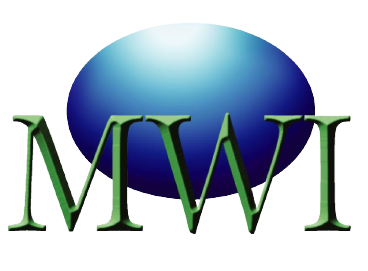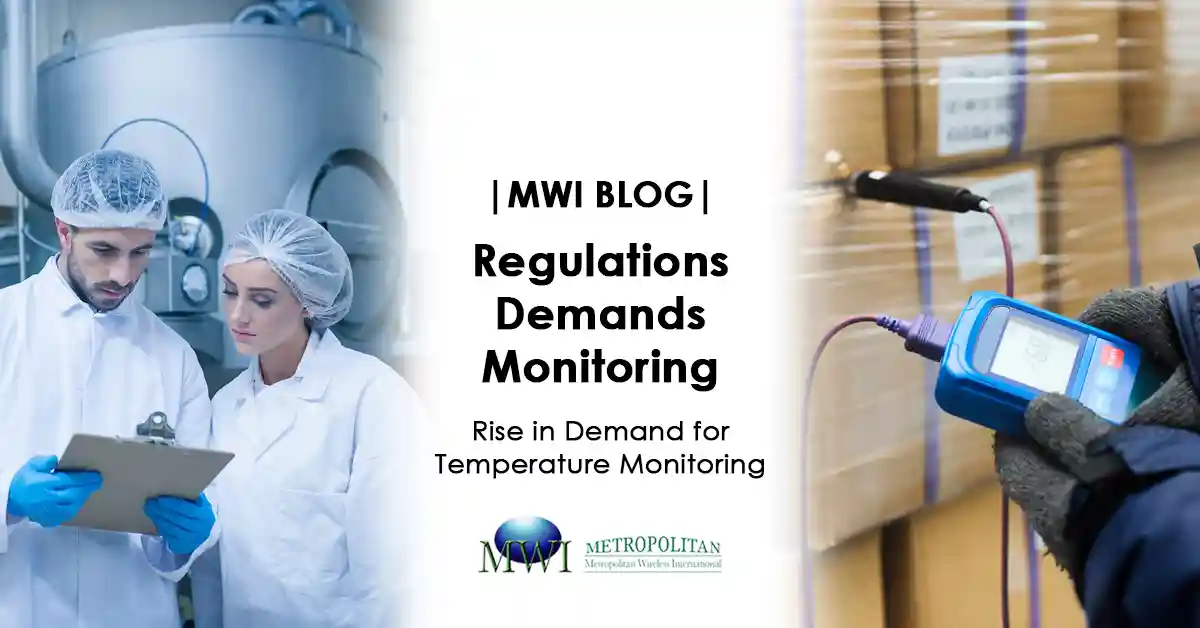In today’s global supply chain, cold storage facilities play a vital role in safeguarding everything from vaccines and biologics to seafood and frozen vegetables. But cold storage isn’t just about keeping things cold — it’s about keeping things compliant.
Across industries, governments and regulators are ramping up standards for how temperature-sensitive goods are stored and monitored. These evolving compliance regulations are now a major driver of demand for real-time temperature monitoring solutions.
In this blog, we break down the key regulations influencing cold storage practices — and why businesses are investing in smarter monitoring systems to stay ahead.
Why Monitoring in Cold Storage Matters More Than Ever
Poor temperature control can result in:
-
Spoiled goods and massive inventory losses
-
Health risks (e.g. contaminated food or degraded pharmaceuticals)
-
Legal liability and product recalls
-
Fines, license suspensions, or business shutdowns
Regulators across sectors — food, pharma, life sciences — are enforcing stricter rules around:
-
Continuous temperature monitoring
-
Data logging and traceability
-
Equipment calibration
-
Incident reporting
This regulatory pressure is pushing companies to adopt IoT sensors, cloud dashboards, and automated alerts to replace manual or legacy systems.
Key Regulations Driving Cold Storage Monitoring
Let’s explore the most impactful standards by industry:
🧪 1. Pharmaceutical & Healthcare: WHO GDP, HSA, FDA
| Regulation | Jurisdiction | Requirement Highlights |
|---|---|---|
| WHO GDP (Good Distribution Practice) | Global | Continuous temperature monitoring; alarm systems; documentation |
| FDA 21 CFR 205 & 211 | USA | Cold chain integrity for drugs and biologics |
| HSA Guidelines (Singapore) | Singapore | Temperature mapping, calibration, excursion handling for cold rooms and fridges |
| EU GDP Guidelines | Europe | Real-time logs and qualified equipment for storage and distribution |
Implication:
Pharmaceutical cold rooms must be equipped with validated monitoring systems that offer real-time alerts, backup logging, and compliance reporting.
🍤 2. Food & Beverage: HACCP, ISO 22000, SFA
| Regulation | Jurisdiction | Requirement Highlights |
|---|---|---|
| HACCP (Hazard Analysis & Critical Control Points) | Global | Temperature monitoring at critical control points |
| ISO 22000 (Food Safety Management) | Global | Cold chain traceability; monitoring device accuracy |
| SFA Licensing & Inspections | Singapore | Chillers/freezers must have accurate thermometers and logs |
Implication:
From frozen seafood warehouses to chilled meat suppliers, food businesses must show proof of continuous monitoring and act on temperature deviations immediately.
💉 3. Life Sciences & Labs: ISO 15189, CAP, MOH
| Regulation | Jurisdiction | Requirement Highlights |
|---|---|---|
| ISO 15189 | Global | Environmental monitoring for diagnostic labs |
| CAP Accreditation | USA, Asia | Temperature control of reagents, specimens |
| MOH Guidelines | Various | Proper storage and logging for vaccines, samples |
Implication:
Medical-grade cold storage needs high-precision monitoring, often with ISO 17025-traceable sensors, full calibration records, and alert logs for audits.
Market Impact: Regulation Is Fueling IoT Adoption

Failure to meet temperature monitoring standards can result in:
-
Product recalls or insurance losses
-
Regulatory fines or suspension of licenses
-
Public health incidents or media scrutiny
-
Failed audits and business disruption
In one high-profile case, a major Singaporean cord blood bank faced suspension after failing to detect suboptimal storage temperatures — underscoring how regulatory oversight is tightening.
What Cold Storage Operators Must Do
To stay compliant and competitive, businesses should:
-
Install 24/7 Temperature Monitoring Systems
-
Use calibrated sensors with high accuracy (±0.5°C or better)
-
Monitor all zones: freezers, chillers, ambient
-
-
Set Alert Thresholds & Automate Notifications
-
SMS/email alerts for excursions
-
Alert routing to supervisors and compliance officers
-
-
Digitize Your Logs
-
Replace handwritten or Excel records
-
Use tamper-proof, cloud-synced logs with audit trails
-
-
Prepare for Audits
-
Have accessible calibration certificates
-
Maintain excursion reports and response records
-
Align SOPs with local and global standards
-
Other Blogs
Food Storage
Medical Storage
IT Equipment
Server room temperature & humidity monitoring
Stay Ahead of Regulations — Not Behind Them
Regulators are watching. Customers are expecting more. Cold storage monitoring is no longer optional — it’s a competitive edge.


